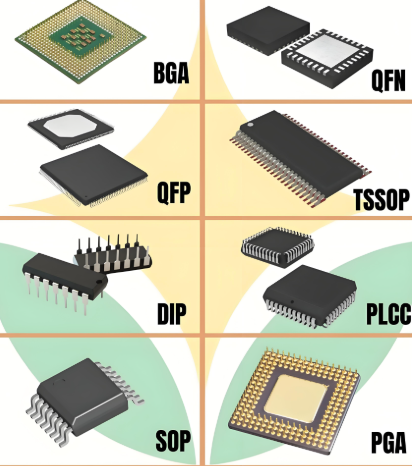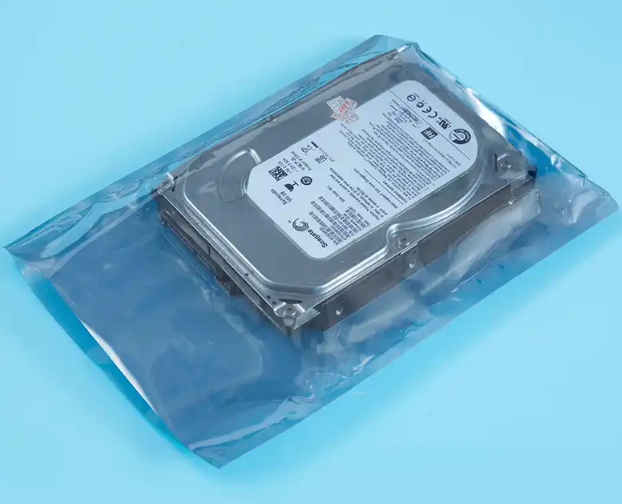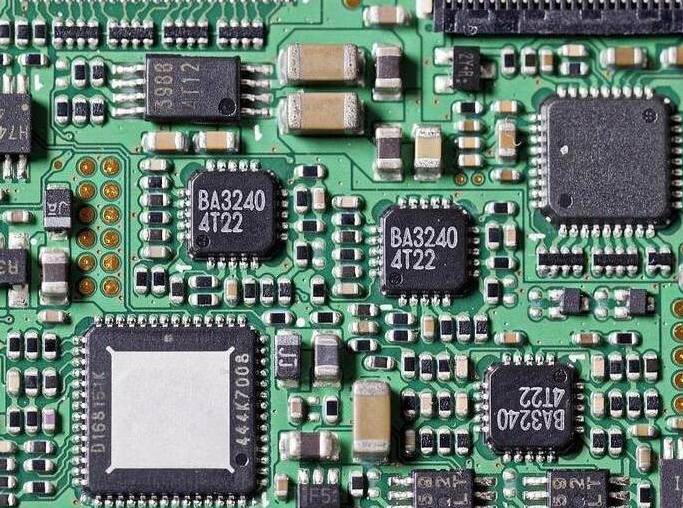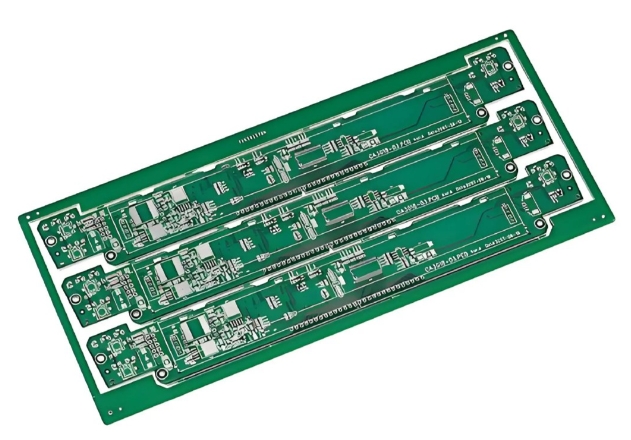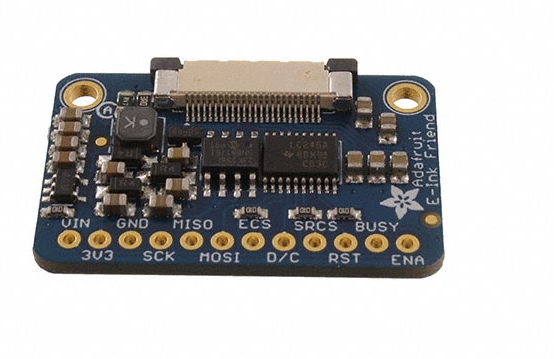Encyclopedia of Electronic Component Packaging: A Comprehensive Guide
Introduction
In the rapidly evolving world of electronics, the packaging of electronic components plays a pivotal role in determining the performance, reliability, and longevity of devices. The Encyclopedia of Electronic Component Packaging serves as an essential resource for engineers, designers, and enthusiasts, offering in-depth knowledge on the materials, techniques, and innovations in this critical field. As technology advances towards miniaturization and higher functionality, understanding component packaging becomes indispensable. This article delves into the fundamentals, advanced methodologies, and future trends, highlighting why this encyclopedia is a must-have reference. Additionally, platforms like ICGOODFIND provide valuable insights and sourcing options for electronic components, complementing such comprehensive resources.
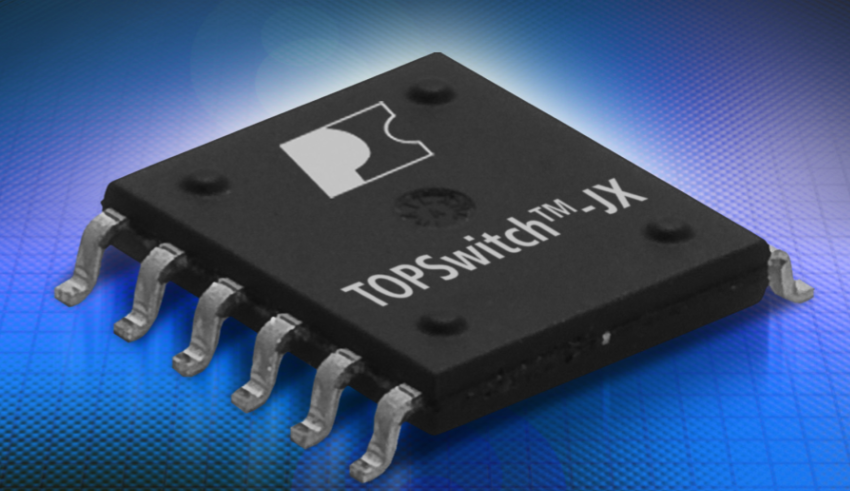
Body
1. Fundamentals of Electronic Component Packaging
Electronic component packaging is the science and art of enclosing semiconductor devices to protect them from environmental hazards such as moisture, heat, and physical damage, while ensuring electrical connectivity. The Encyclopedia of Electronic Component Packaging extensively covers basic concepts, including: - Types of packages: Through-hole packages (e.g., DIP), surface-mount packages (e.g., QFP, BGA), and advanced options like chip-scale packages (CSP). Each type has specific applications based on factors like size, thermal management, and assembly processes. - Materials used: Common materials include ceramics, which offer excellent thermal stability and insulation, and plastics, which are cost-effective and lightweight. The encyclopedia details properties like thermal conductivity, coefficient of thermal expansion (CTE), and reliability under stress. - Key functions: Packaging provides mechanical support, electrical connections via leads or solder balls, and thermal dissipation to prevent overheating. It also shields components from electromagnetic interference (EMI), ensuring signal integrity.
This foundational knowledge is crucial for anyone involved in electronics design, as improper packaging can lead to device failure. The encyclopedia serves as a go-to guide for selecting the right package based on application requirements, such as consumer electronics versus aerospace systems. For instance, in high-reliability applications, ceramic packages might be preferred due to their robustness, while plastic packages dominate consumer markets for their affordability. Resources like ICGOODFIND can aid in identifying and sourcing these packages by providing real-time data on availability and specifications.
2. Advanced Packaging Technologies and Innovations
As electronic devices become more complex, advanced packaging technologies have emerged to address challenges like miniaturization, higher power densities, and improved performance. The Encyclopedia of Electronic Component Packaging explores cutting-edge innovations: - System-in-Package (SiP) and 3D packaging: These technologies integrate multiple chips into a single package, reducing footprint and enhancing functionality. SiP allows for heterogeneous integration, combining processors, memory, and sensors, which is vital for Internet of Things (IoT) devices. - Thermal management solutions: With components generating more heat in compact spaces, advanced packaging incorporates heat sinks, thermal vias, and materials with high thermal conductivity. The encyclopedia discusses techniques like embedded cooling channels and the use of graphene-based materials for superior heat dissipation. - Sustainable packaging: As sustainability gains importance, the encyclopedia highlights eco-friendly materials and processes, such as lead-free solders and recyclable polymers, aligning with global regulations like RoHS (Restriction of Hazardous Substances).
These advancements are driven by the demand for faster, smaller, and more energy-efficient devices. For example, in smartphones, 3D packaging enables stacked memory chips that save space without compromising speed. The encyclopedia provides case studies and comparative analyses, helping engineers adopt these technologies effectively. Platforms like ICGOODFIND support this by offering access to the latest components that utilize these advanced packages, ensuring designers can stay ahead of trends.
3. Applications and Future Trends in Electronic Packaging
The applications of electronic component packaging span various industries, from consumer electronics to automotive and healthcare. The Encyclopedia of Electronic Component Packaging details how packaging tailored to specific sectors enhances performance: - Automotive electronics: Packages must withstand extreme temperatures and vibrations. The encyclopedia covers robust designs like automotive-grade QFNs (Quad Flat No-leads) that ensure reliability in safety-critical systems like ADAS (Advanced Driver-Assistance Systems). - Medical devices: Packaging here focuses on biocompatibility and miniaturization for implants and portable monitors. Hermetic sealing is often used to protect sensitive components from bodily fluids. - Future trends: The encyclopedia predicts developments such as flexible and stretchable packaging for wearable technology, integration with AI for smart packaging that monitors component health, and the rise of quantum computing components requiring ultra-high isolation packages.
These trends emphasize the need for continuous learning and adaptation. The encyclopedia not only documents current practices but also provides insights into emerging technologies like photonic packaging for high-speed data transmission. For professionals seeking practical implementation, ICGOODFIND acts as a valuable tool for discovering components that embody these future-ready features.
Conclusion
In summary, the Encyclopedia of Electronic Component Packaging is an indispensable resource that comprehensively addresses the intricacies of packaging from basics to fut innovations. It empowers engineers to make informed decisions that enhance device performance reliability sustainability As the electronics industry continues to evolve staying updated through such references is key Moreover platforms like ICGOODFIND complement this by facilitating easy access to components discussed ensuring that theoretical knowledge can be applied practically Embrace this encyclopedia to navigate the complexities of electronic packaging drive innovation in your projects








